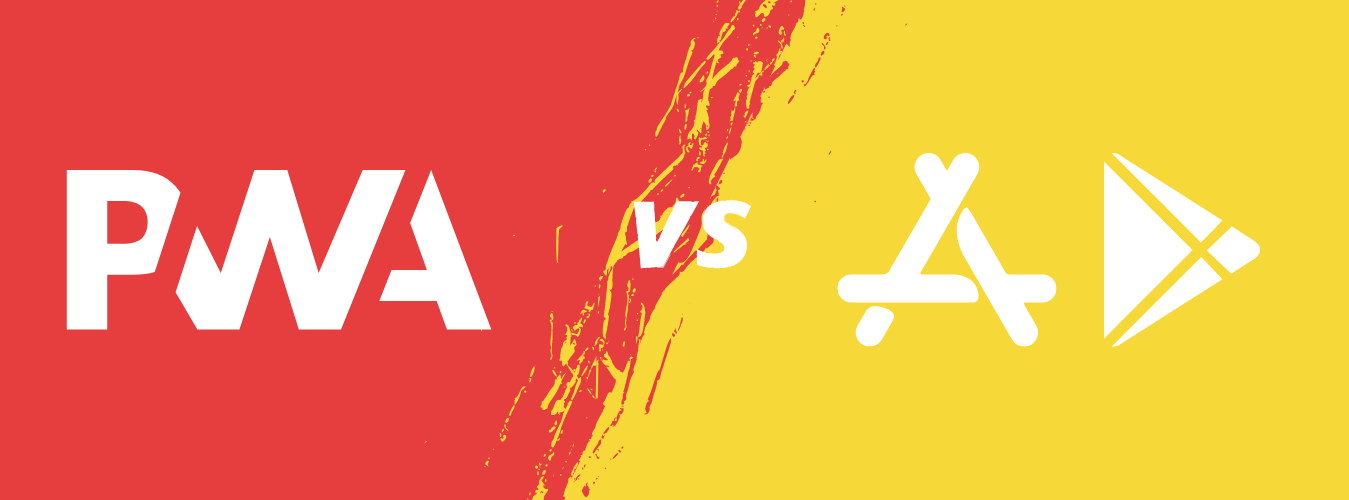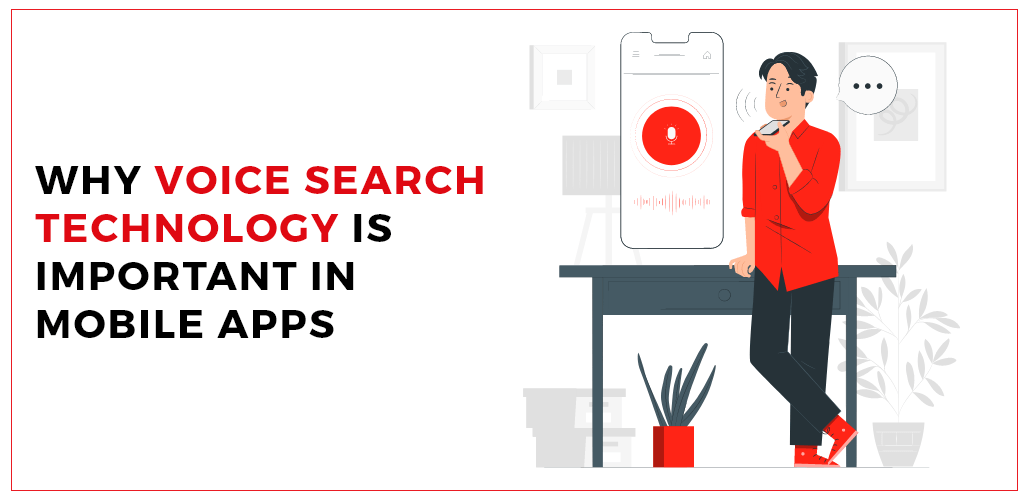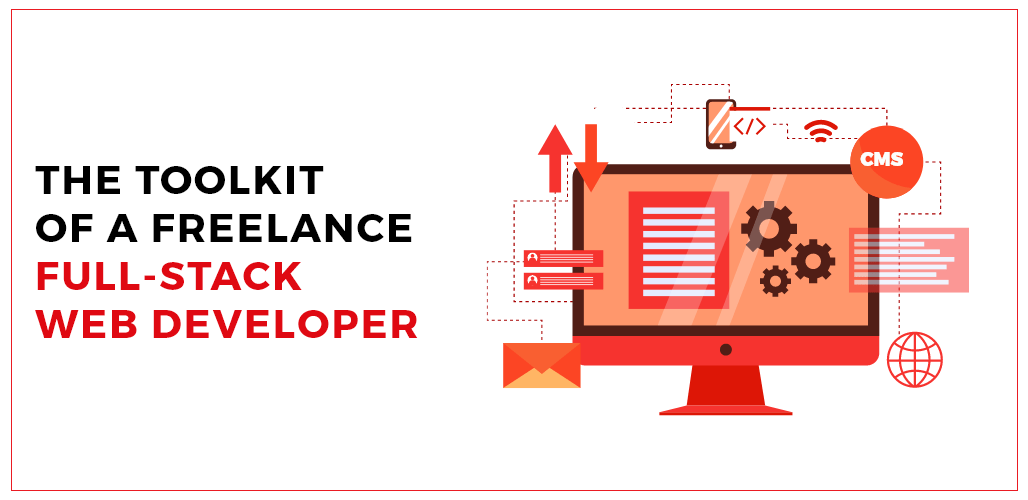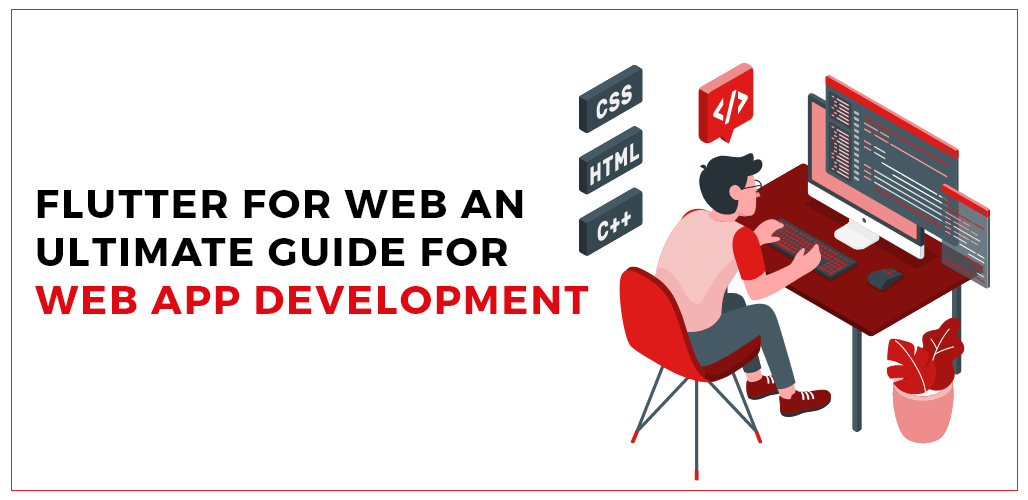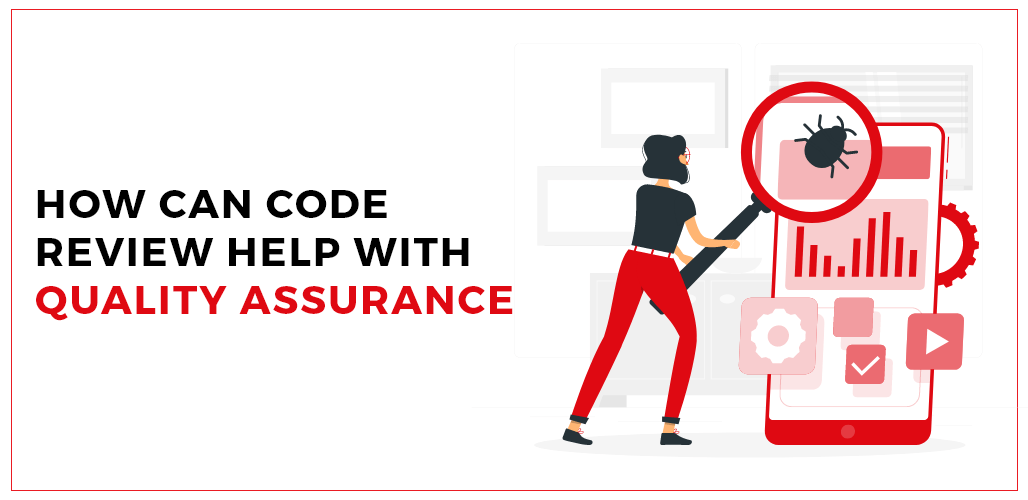What are PWAs?
PWAs are designed and developed as webpages, but they operate like applications when visited from a mobile device. They can be added to the home screen as an app without the user having to install them. Modern JavaScript frameworks are used to develop PWAs, which are instantly installable on mobile devices and designed to deliver a nearly native experience.
Pros
The following advantages are provided by the PWA technology, which Google announced in 2015 and improved the mobile web experience:
User Experience
PWAs have a responsive design. Although much of this depends on the individual application developer, in theory, a well-designed and developed PWA should offer a consistent experience across devices. Creating a consistent user experience with native apps on various platforms will take a lot of work. Even then, certain platforms will have their own standards for how the UI should look and feel and how the app should function.
No Installation Required
PWAs also have the benefit of not requiring installation on the device, even though downloading them is still needed. A PWA has its own icon on the screen, just like a standard mobile application. However, it avoids going through the installation procedure. Due to the ease with which users may access the PWA via a URL, this strategy also speeds up downloads and drastically lowers the rate at which users abandon websites. The user only needs to copy the URL and drop it to a buddy in order to share a PWA.
Enhances Engagement
PWAs can be designed to boost engagement through push notifications and faster loading times for mobile devices.
Promotes Offline Use
PWAs can be used when the internet is slow or in offline mode. The webpage always loads perfectly as a result.
Cons
Learning curve
To create a native app for each platform, you’ll need to master a new language: Java and Kotlin for Android, Swift or Objective-C for iOS, and C# for Windows phones. Does it sound like a lot?
Long Installation
Users must search for the program in a certain app store, download it, and then wait while it is installed on their smartphone. The download length may be excruciatingly long, depending on the internet connection.
Cost and duration of development
You’ll need two versions of your software and the resources to maintain and update them if you wish to launch it on iOS and Android. It should go without saying that this takes a lot of time and money.
What are Native Apps?
For either iOS or Android, native apps are created. They are designed following platform specifications and are specially made to fit the target operating system. When creating native apps, developers employ native tools, frameworks, and libraries. For instance, Android developers work with Java and Kotlin, but iOS developers utilize Objective-C and Swift. Native apps are renowned for their excellent performance and close ties to the hardware interface.
Although native apps have many benefits, creating them is expensive and time-consuming. Additionally, concentrating on only one native app would limit attention to iOS or Android users, who make up half of all mobile device users. In this approach, a single native app falls short of appealing to the greatest number of people.
Pros
Performance
A native app is created in the device’s native language, living up to its name. This indicates that mobile applications don’t use a lot of battery power while providing high speed and a variety of advanced features. In fact, many firms favor native apps over their progressive web alternatives because of their superior performance.
A top-notch UX/UI experience
The “native look and feel” comprises many essential components, including attractive and intuitive layouts, vibrant animations, fluid scrolling, and many more.
Access to all hardware features
Mobile applications, as opposed to PWAs, have complete access to all of a mobile device’s built-in functions, including the GPS, camera, Bluetooth, contact list, microphone, NFC, accelerometer, and player.
Cons
Cost
The overall cost of developing and maintaining a native app is considerably higher. This is because there should be various iterations of the same software.
Improvement
A native app requires different developers for each platform. For instance, separate developers must be engaged to create an application for both Android and iOS. Moreover, developing native apps is a difficult undertaking. It includes difficult challenges.
Time Involved
Developing native apps takes longer than developing PWAs. Native apps could take a lot longer to develop than their substitutes. Writing code for certain operating systems requires time from native app developers.
Conclusion
Like many other technological solutions, native and progressive web application development offer benefits and drawbacks. Because of this, there are neither winners nor losers in this battle. In all honesty, asking if PWAs are superior to native mobile apps is irrelevant. Each carries out a certain function and relates to a particular industry. Please get in touch with AppVerticals, a company specializing in creating and maintaining custom native, PWA, and cross-platform applications. In reality, from the creation of the specs to the development, we can help you with the execution of your mobile application project. Connect with us now.

